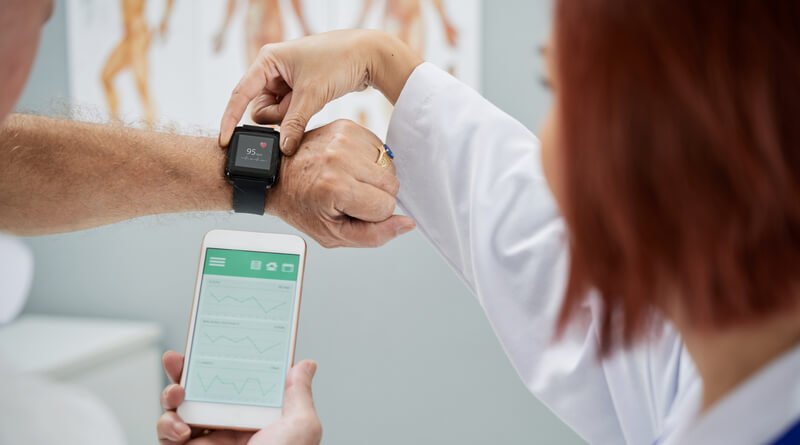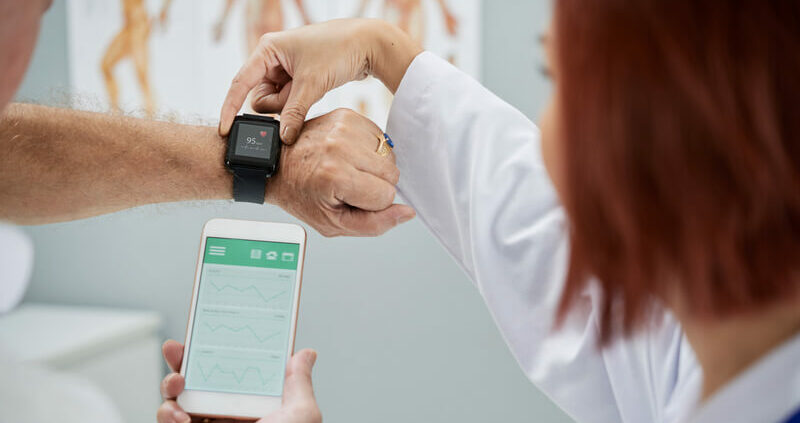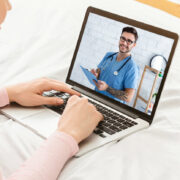New Tech That Will Improve Your Medical Practice

By incorporating the new technology in your medical practice, you can deliver better patient care that is timely and cost-efficient. This means that the latest technology can help hospitals meet the growing demand in healthcare and efficiently deliver health services that guarantee good health.

The following is the new tech that will help improve your medical practice in the best way possible:
Electronic Health Records (EHR)
With Electronic Health Records (EHR), you and the patient will always have permanent access to the patient data regarding some of the important issues like diagnostics, cardiac waveforms, chronic diseases, and important prescriptions either from the past or present.
With this kind of data being available at all times, it boosts your interaction with the patient and guarantees better healthcare delivery.
Also, it’s very important to note that EHR eliminates the need for bulky paperwork whenever you and your patient schedule a checkup. This is because the EHR is available online, which means that only a smartphone will be required to access patient data.
However, to ensure that the correct information is being fed to the appropriate EHRs, many responsible healthcare providers are using RightPatient – a touchless biometric patient identification platform. Not only does it ensure patient data integrity, but it also avoids medical record errors, medication errors, patient safety incidents, and adverse healthcare outcomes.
Health-tracking apps
Health-tracking apps have been a game-changer as far as tracking patients’ vitals and health conditions is concerned. Using health-tracking apps, you’re able to track the sleep period, heart rate, blood pressure, and the distance covered by your patient in real-time.
The best thing about these health-tracking apps is that they enable you to view data in a more readable form, save the data, conduct statistical analysis of the data and compare the given results with standard results in the system.
This helps you give your patients the best medical advice that will help them get better in the shortest time possible. You can also use these apps to identify and diagnose any health problems, assess the risks involved with a particular medication, and offer the ideal treatment to your patients.
5G
5G is undoubtedly the fastest network out there, and it can be of great use to your medical practice. This is because 5G will enable better collaboration among healthcare organizations since data transmission will be very fast and reliable.This means that healthcare specialists and experts will be able to review any crucial patient data in real-time and advise on the best treatment method in the shortest time possible.
Also, using 5G, you’ll be in a better position to use the Internet of Things technology where required, which will enable you to deliver the best treatment possible with the aid of AR, mixed reality, and VR.
The best thing about the 5G network is that you can also monitor your patients remotely and give new prescriptions conveniently.
Laser drilling
Laser drilling is a new technology that is being used in hospitals to improve accuracy and precision. In the past, most healthcare organizations have relied on mechanical drilling, which at times might be aggressive and inaccurate, especially when dealing with delicate tissues.
Using laser drilling, you’ll be able to make precise drillings severally without causing any accidents or creating any unwanted holes. This is particularly useful in instances where small diameters are required. Nowadays, there are even more materials used in lasers to improve precision and accuracy.
If you need to guarantee more efficiency for your lasers, you might want to buy beta-barium borate crystals (bbo) crystals. These crystals guarantee wide transparency, a large nonlinear coefficient, a high damage threshold, high optical homogeneity, among many other features.
3D printing
As you might have witnessed it working in other industries, 3D printing helps with prototyping, customization, manufacturing, and research for healthcare facilities. By using 3D printing, surgeons and other health experts can replicate human body parts.
With 3D printing, you can print most human organs that might be required to perform a transplant, such as limbs, ears, tissues, among others. The best thing about 3D printing is that it is cost-effective for everyone. It’s important to note that 3D printing is also applied in orthodontics and dentistry.
Conclusion
Using the above technologies, you’ll provide better medical practice which will guarantee good health for your patients. It’s important that you always stay on the lookout for the best trends in healthcare tech that can help save lives and alleviate pain among your patients.









Leave a Reply
Want to join the discussion?Feel free to contribute!